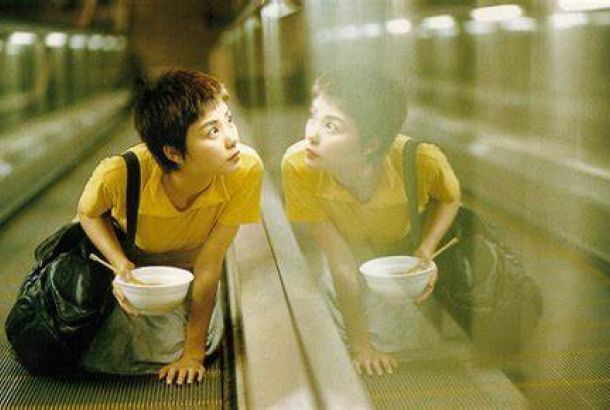How liminal spaces on-screen have captured imaginations
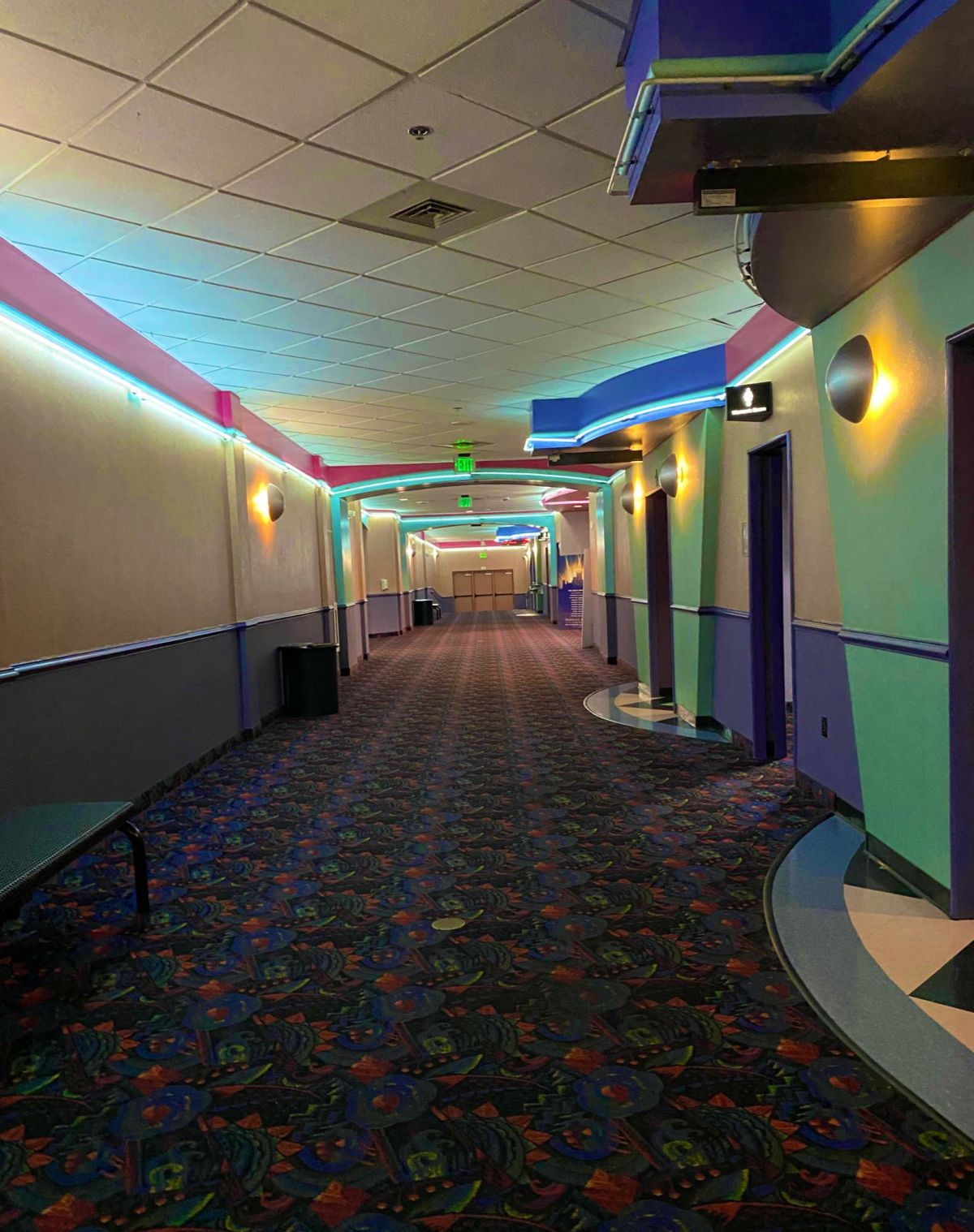
Liminal spaces are transitional or transformative spaces, which are often empty or abandoned – or otherwise eerie, melancholy, and surreal. Ordinary examples include school hallways during summer, train station platforms, and 24-hour convenience stores.
They can also have a metaphysical dimension, bridging the divide between past and present without fully existing in either. Ambiguity, tension, and uncertainty permeate these spaces. Liminal spaces on-screen have mass appeal due to their aesthetic intrigue, manipulation of reality, and simultaneous elicitation of comfort and anxiety.
Robert Zemeckis’ sci-fi franchise Back to the Future trilogy (1985-1990) frequently features liminal spaces. In Back to the Future (1985), scientist Doc Brown (Christopher Lloyd) shows his protégé Marty McFly (Michael J. Fox) the new DeLorean time machine he has invented at one o’clock in the morning in the Twin Pines Mall car park. The pitch black sky, mellow shopfront lights, and otherwise deserted surroundings evoke a sense of nostalgia that primes this setting for Doc’s groundbreaking discovery to be revealed.
In the film’s sequel, the DeLorean is stolen by the series’ antagonist Biff (Thomas F. Wilson) – who uses it to make his younger self wealthy in 1985, creating an alternate timeline. When Marty returns to the new 1985, he finds his neighbourhood in a dystopian shambles. Deserted, crime-ridden streets cultivate a sinister atmosphere. An environment that was once familiar to him is now terrifying.
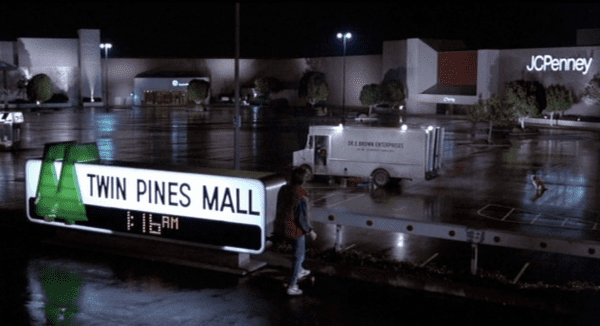
In the satirical dramedy The Truman Show (1998), the inverse is true. Truman Burbank (Jim Carrey) is the unsuspecting star of a reality TV programme about him which is broadcast to a global audience. He eventually discovers a staircase leading to an exit door to the real world. The blue sky and white clouds which adorn the staircase and its backdrop, combined with their location at the end of a stretch of open sea, lend a spiritual, dream-like quality to the scenery.
The space is both transitional and transformative. It marks Truman’s escape from his artificial life while evoking introspection. Though Truman is hesitant to leave behind everything he has ever known, he ultimately crosses the threshold – sensing that better prospects await.
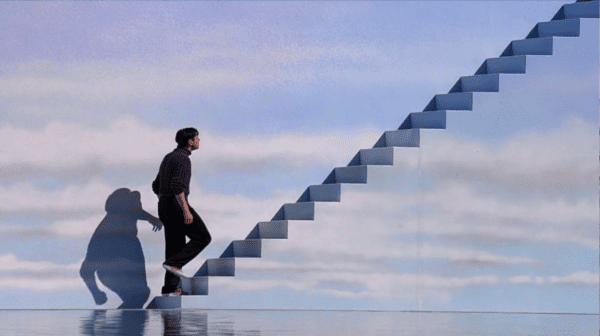
The stop-motion fantasy horror film Coraline (2009) similarly captures liminal space through the passage of worlds. The natural landscape around 11-year-old Coraline’s (Dakota Fanning) home is bleak and isolated, with muted colour-grading which captures a dismal, quietly unsettling atmosphere. Coraline crawls through a multicoloured, glowing tunnel behind a small door in her living room wall which leads to the Other World – a comparatively exciting liminal space.
She is unsettled when she meets the Other Mother (Teri Hatcher) – a twisted reflection of her real mother, with buttons for eyes. However, the vibrancy and heightened surrealism of the Other World speak to Coraline’s sense of wonder, lulling her into a false sense of security – only for her unease to return when the Other Mother’s alarming intentions become clear.

An even more menacing environment is created through the Upside Down in the Duffer Brothers’ sci-fi horror show Stranger Things (2016-present). The Upside Down is the mysterious parallel dimension to the town of Hawkins, Indiana. It contains the same locations and infrastructure as the human world in Hawkins but is much darker, colder, and pervaded by an omnipresent fog. Ash-like particles drift through the air, reinforcing the morbid and transitory nature of the environment.
Once again, a familiar setting is uncannily subverted and neglected to heighten tensions for the characters and the audience.
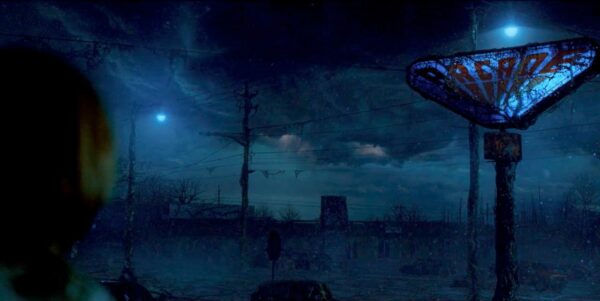
Pop’s Diner in Riverdale (2017-2023) is a quintessential 24/7 American diner, isolated from other town establishments and characterised by its retro facade and red neon signage. It functions as a liminal space not only aesthetically, but metaphysically. Tabitha Tate (Erinn Westbrook), the owner of Pop’s, is shot while at work, triggering her cryokinetic ability which helps her to defeat evil in the present.
Described as “the heart of Riverdale,” Pop’s is a favourite social spot for residents of the town. Yet, the dangerous events which have occurred there – including the shooting of Fred Andrews (Luke Perry) and attacks during the riots – establish the diner as a site of devastating, as well as beneficial, transformation.
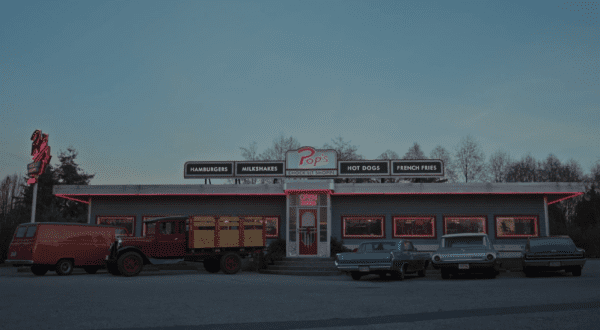
Aesthetic intrigue, and the coexistence of contentment and tragedy within liminal spaces, are also explored in Netflix’s romance film The In Between (2022). The film explores Tessa’s (Joey King) belief in her late boyfriend Skylar’s (Kyle Allen) attempts to communicate with her from the afterlife through liminal spaces.
She receives a text from him with a photo of an isolated beach hut at dusk. Since the beach was a favourite haunt of theirs, Tessa is reassured that the message is truly from him – with the mystery surrounding how the photo was sent eliciting curiosity.
The liminal aesthetics of a darkroom, with a red safelight, are utilised to develop the paranormal narrative. Tessa only has the equipment to develop black-and-white photos, yet her new set of photos develop in colour – furthering her suspicion that Skylar is trying to reach out to her.
She visits the Empyrean, an abandoned honeymooners hotel where they shared their first kiss, in an attempt to respond. Here, she sees his apparition; he shatters a mirror trying to reach her. In a remarkably visual metaphor, the force with which the glass is broken catapults her back down into a red, heart-shaped bathtub.
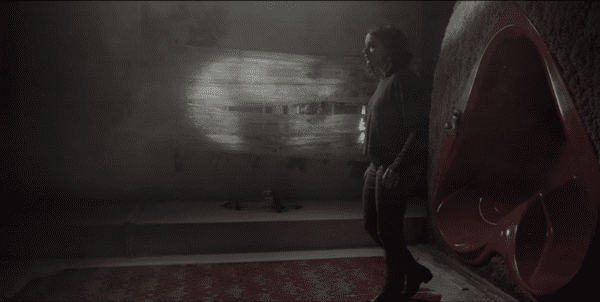
American production company A24 has recently announced that they will be working with 17-year-old Kane Parsons, creator of ‘The Backrooms,’ a viral nine-minute video of people exploring eerie liminal spaces, on a horror feature film. I am excited for liminal spaces on-screen to continue to evolve with the zeitgeist.

